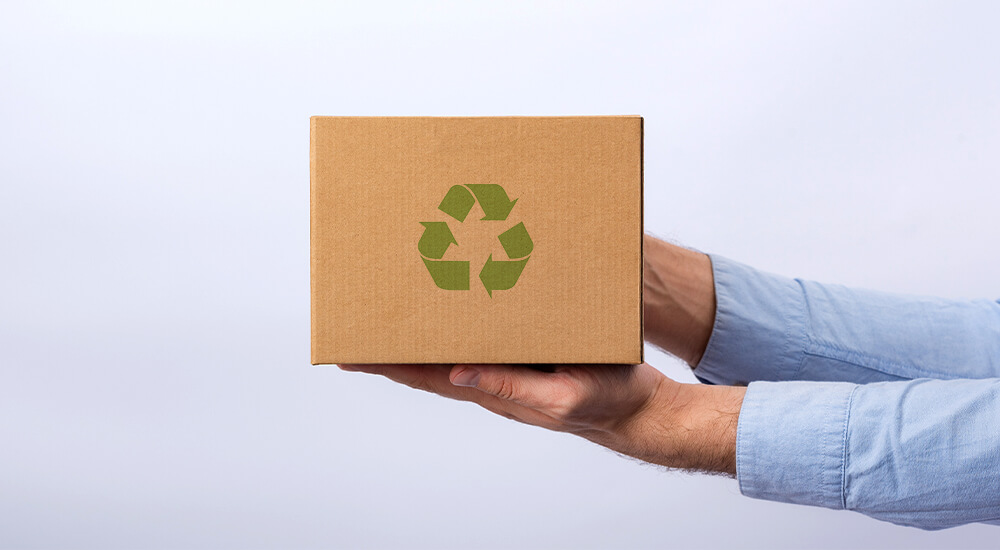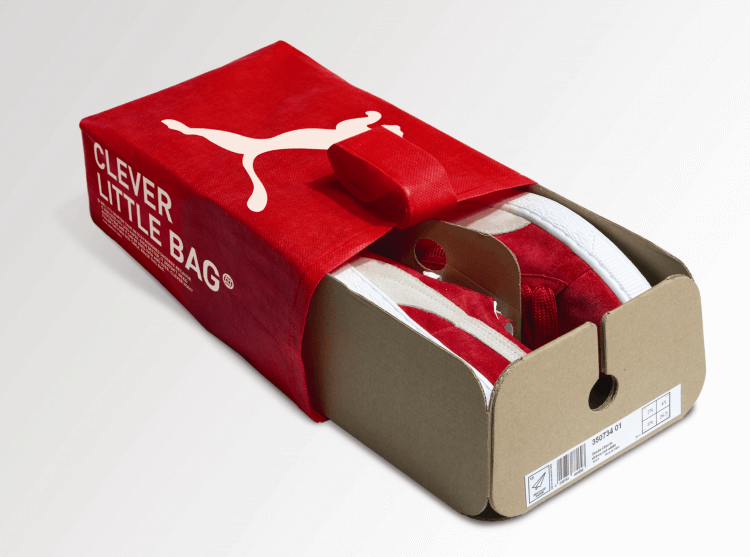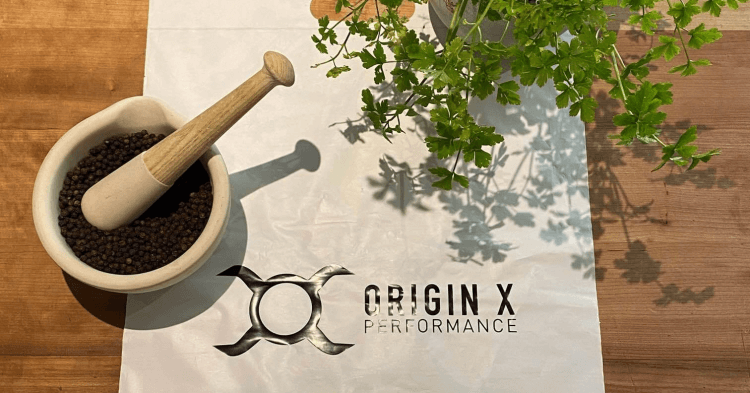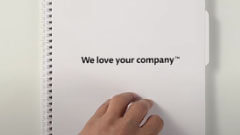Let's Talk
We would love to hear from you. Want to know more about our services or have any questions? Say Hi!
Is cardboard packaging an eco-friendly solution?

Before the 2000’s when plastic became a popular material used in flexible packaging, most packaging items were designed using paper and cardboard.
After 2000, businesses and people started replacing paper and cardboard packaging styles with plastic packaging. The replacement was the result of the dependability and durability offered by plastic produce boxes and bags.
For a decade and more plastic remained the primary material used for the production of boxes, bags, covers, and other elements used in the packaging of a product.
The use of plastic declined after the side effects of plastic-produced packaging came to the light of consumers. Governments of the world started implying policies that encouraged the use of eco-friendly produce bags and boxes.
In India, an additional charge was levied, if a consumer wanted a plastic bag to carry the bought belongings. Awareness campaigns were run across the nation to make people aware of the ways of reducing plastic usage.
Recycling bins were introduced, using cloth bags was encouraged and many other major steps were taken, but they contributed very little to reducing plastic usage.
Thus, many famous companies such as Marks & Spencers, H&M and other apparel brands once again switched to paper bags. Today, we are seeing more and more brands adopting paper packaging over plastic. And these brands took every opportunity to choose a witty packaging design that encouraged the consumers to reuse the bag.
But companies adopting a paper bag policy, doesn’t mean paper bags don’t cause any harm to the environment. The eco-friendliness of paper bags is debatable.
PAPER BAG VS PLASTIC BAG
Even though paper bags are touted as eco-friendly, the production of paper sheets requires 3 times more energy than the production of plastic.
The major problem faced while dealing with plastic waste is its decomposition. Even though paper is biodegradable, the degradation of the paper on landfill is not possible.
If we look at the PAPER BAG VS PLASTIC BAG debate holistically, plastic is produced using less energy, the recycling of plastic is easier while paper is costlier to produce.
1 sheet of paper is made using 5L of water. Even though paper is recyclable, the quality of fiber of paper matters while recycling them and contaminated paper packaging can’t be recycled.
So when we compare, paper has as much environmental impact as plastic, as for producing paper many trees are chopped. Statistically, every year 1% of the Amazon rainforest is destroyed to produce paper.
When a paper is produced by recycling the old paper it has a lesser environmental impact. To put in numbers, the environmental effect is reduced by 70%.
But it is difficult to recycle 100% of paper produced. The consumer contaminated paper can’t be produced again, also while recycling paper, many factors have to be taken into account. The quality of paper packaging produced depends on the quality of paper recycled.
People tout paper as more eco-friendly by stating the stats about recycling of paper. But the stats are calculated by the amount of paper sent for recycling and not the amount of paper recycled.
The paper & plastic waste that is not decomposed in the landfill is sent offshore to South Asian countries. In these countries, the waste is burnt in an incinerator, that emits toxic fumes that not only harm the environment but also have a negative effect on the health of people living around.
Bottom line, both plastic and paper have a negative impact on the environment. Then what should brands do to reduce their carbon footprints?
Many Product Package Design Agencies are coming up with innovative packaging solutions. Like..
3 Innovative Eco-Friendly Packaging Ideas by Brands:

1. PUMA
Every year shoebox packaging results in the generation of tons of waste. So in the year 2010, PUMA designed a box bag packaging that reduced cardboard use by 65% and carbon emission by 10,000 tons each year.
These eco- friendly PUMA bags are reusable and also the handle eliminates the need of plastic carry bags for handing over the box to customers.
Their ‘Clever Little Bag’ saved 8,500 tonn of paper 1 million liters of fuel oil, and 1 million liters of water every year.

2. Origin X Performance’s
This is a UK-based sportswear brand. Their company philosophy strongly integrates sustainability and they follow it, till the last thread.
Their mailing packages are bio-polymer and completely sustainable. The bags are made from natural and biodegradable materials, the packaging is as durable and recyclable as plastic.
Even though the mailing bags are waterproof and demonstrate plastic-like qualities, it is fully compostable.

3. Plaine
Most of the shampoos and conditioners come in plastic-packed bottles. But Plaine – A USA based personal care product company decided to choose a different path.
Plaine Personal Care products come in aluminum bottles that can be reused, refilled and the company also offers the recycling of used bottles.
A customer can also send the bottle to the company for a refill.
Besides the above mentioned examples, there are many other eco-friendly packaging design options that you can use for your business.
3 Eco- Friendly Packaging Types
1. Glassline Packaging
It is a smooth and glossy paper material that can be used for transparent packaging. It is manufactured using wood pulp that makes it recyclable and biodegradable.
2. Cornstarch Packaging
Yes, you are thinking right. The packaging that is made using cornstarch is called cornstarch packaging.
It is an excellent packaging option for takeaway food.
3. Mushroom Packaging
This option is a replacement for styrofoam. Mushroom packaging is made from mycelium, a kind of fungus found in mushrooms .
It is lightweight, eco friendly and can be used for carrying candles, alcohol bottles & more.
With the increase in environmental issues, eco-friendly packaging is becoming a necessity. Sustainable growth should stand as a pillar for every business.
It is important for brands to make a switch to eco-friendly packaging. The shift may seem difficult, there are many steps involved – from choosing raw materials, designing the packaging, personalizing it and more.
But don’t let the overwhelming process stop you from going eco-friendly. The process can become seamless if the business decides to partner with a Packaging design agency.
It is always fruitful to bring expert onboard.


